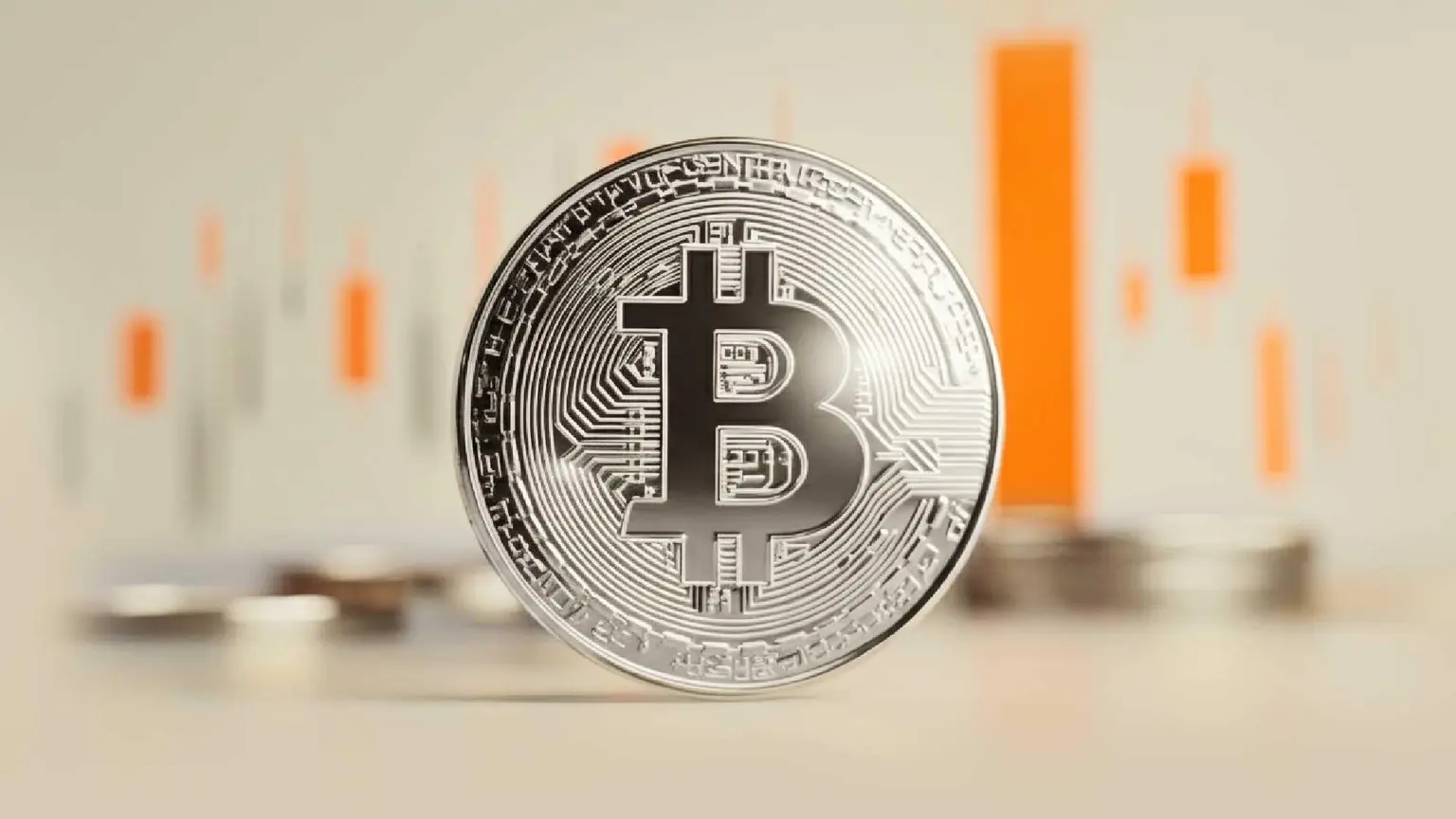Worldcoin spends nearly $500,000 in Ethereum gas fees, here’s how EIP-4844 can help save millions annually
- The Worldcoin authority that submits zk proofs to the blockchain, spent nearly $500,000 in ETH gas fees in 40 days.
- The next large Ethereum upgrade, EIP-4844, could save firms like Worldcoin nearly $4.5 million in gas fees annually.
- While experts argue Ethereum blockspace is the new oil, EIP-4844 upgrade could change the narrative for ETH users.

The Worldcoin authority spent nearly $500,000 in gas fees on the Ethereum blockchain. The next big upgrade on the ETH network, EIP-4844, could help tackle the challenge of high gas fees for users and save millions of dollars annually for projects like Worldcoin.
Also read: When is EIP-4844, and why is it considered the biggest game changer for Ethereum?
Ethereum gas fees spent by Worldcoin in 40 days near $500,000
Based on data from Etherscan, the Worldcoin project spent $493,564 in gas fees on the Ethereum blockchain. The project by OpenAI founder, Sam Altman, spent the fees in submitting zk proofs of eyeball scans, over the past 40 days.
When averaged out to annual fee consumption, nearly $4.5 million could be spent on ETH fees in a year. Ryan Adams, a crypto trader and influencer, argues that companies are likely to hoard Ether the same way they hoard essential commodities like oil.
The Worldcoin authority that submits zk proofs of eyeball scans spent $500k in gas over 40 days.
— RYAN SΞAN ADAMS - rsa.eth (@RyanSAdams) August 9, 2023
$4.5 million annual in gas fees.
Companies will need to hoard ETH the same way they hoard other essential commodities.
Ethereum blockspace is the new oil. pic.twitter.com/vdudW2JmJA
Adams’ argument is that Ethereum’s blockspace is “the new oil.”
High transaction costs have been a challenge facing the altcoin’s blockchain network since its inception and widespread adoption. To counter the same, developers proposed the “Proto-danksharding,” or EIP-4844 upgrade.
EIP-4844, an upgrade targeted at reducing gas fees
The Ethereum Improvement Proposal set to roll out in Q4 2023, is focused on reducing the cost of transacting on the ETH blockchain through the introduction of a new transaction type, blobs. Blobs would increase “blobspace” instead of “blockspace” and in turn reduce the cost of transacting on the Ethereum base layer.
Find out more about Ethereum’s game-changing upgrade and how it can help save millions in transaction fees for projects utilizing the ETH blockchain, here.
Ethereum FAQs
What is Ethereum?
Ethereum is a decentralized open-source blockchain with smart contracts functionality. Serving as the basal network for the Ether (ETH) cryptocurrency, it is the second largest crypto and largest altcoin by market capitalization. The Ethereum network is tailored for scalability, programmability, security, and decentralization, attributes that make it popular among developers.
What blockchain technology does Ethereum use?
Ethereum uses decentralized blockchain technology, where developers can build and deploy applications that are independent of the central authority. To make this easier, the network has a programming language in place, which helps users create self-executing smart contracts. A smart contract is basically a code that can be verified and allows inter-user transactions.
What is staking?
Staking is a process where investors grow their portfolios by locking their assets for a specified duration instead of selling them. It is used by most blockchains, especially the ones that employ Proof-of-Stake (PoS) mechanism, with users earning rewards as an incentive for committing their tokens. For most long-term cryptocurrency holders, staking is a strategy to make passive income from your assets, putting them to work in exchange for reward generation.
Why did Ethereum shift from Proof-of-Work to Proof-of-Stake?
Ethereum transitioned from a Proof-of-Work (PoW) to a Proof-of-Stake (PoS) mechanism in an event christened “The Merge.” The transformation came as the network wanted to achieve more security, cut down on energy consumption by 99.95%, and execute new scaling solutions with a possible threshold of 100,000 transactions per second. With PoS, there are less entry barriers for miners considering the reduced energy demands.
Like this article? Help us with some feedback by answering this survey:
Author

Ekta Mourya
FXStreet
Ekta Mourya has extensive experience in fundamental and on-chain analysis, particularly focused on impact of macroeconomics and central bank policies on cryptocurrencies.





